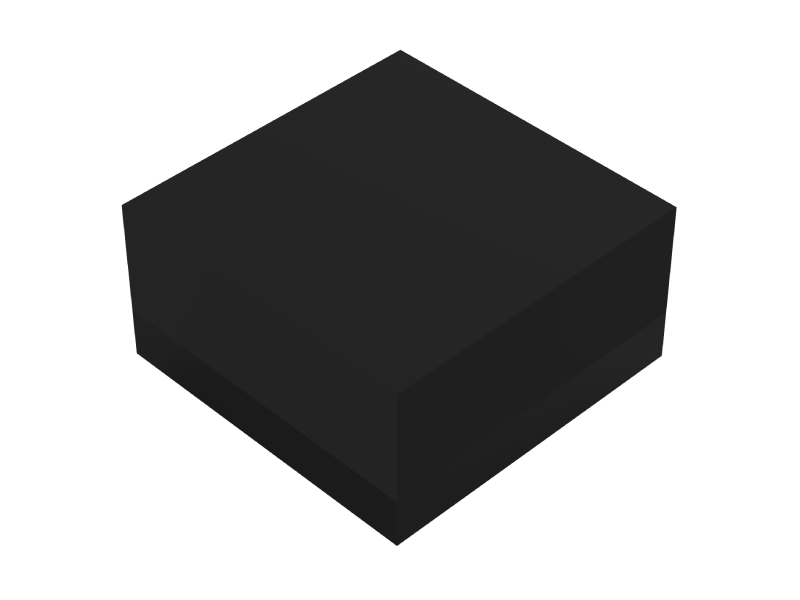In the dynamic realm of digital display technology, pixel pitch has become a pivotal factor in determining image clarity and viewer experience. Among the various options, the P2.5 LED display, characterized by a 2.5mm pixel pitch, stands out for its balance between high resolution and cost-effectiveness. This article delves into the intricacies of P2.5 LED screens, exploring their definition, features, types, widespread applications, and guidance on selection.

A P2.5 LED display refers to an LED screen with a pixel pitch of 2.5 millimeters, meaning the distance between the centers of two adjacent pixels is 2.5mm. This small pixel pitch allows for high pixel density, resulting in sharp and detailed images, making it suitable for environments requiring close viewing distances, such as conference rooms, retail spaces, and control centers.
So what features do we get from a P2.5 LED display? Crack in below aspects, we know about it better.
High Resolution and Clarity: With a pixel density of 160,000 dots per square meter, these displays ensure detailed and crisp visuals, making them suitable for displaying intricate graphics and text.
Wide Viewing Angles: Typically offering viewing angles of up to 160°, these displays maintain image quality from various perspectives, ensuring audience engagement across the venue.
Brightness and Contrast: With brightness levels ranging from 800 to 1500 nits and high contrast ratios (up to 10,000:1), P2.5 screens deliver vibrant images even in well-lit environments.
Energy Efficiency: Modern P2.5 displays are designed to consume less power, with some models operating at approximately 200 to 300 watts per square meter, contributing to lower operational costs.
Longevity: Engineered for durability, these displays often have lifespans exceeding 100,000 hours, ensuring long-term reliability.
High Refresh Rates: Refresh rates ranging from 1920Hz to 3840Hz minimize flickering and enhance visual performance, making them suitable for video playback and dynamic content.
P2.5 LED displays come in various types because of its unique pixel pitch feature, which means they’re versatile and used in multiple application scenarios.
Indoor P2.5 LED Displays: Designed for environments like conference rooms and retail spaces, these displays prioritize high resolution and optimal brightness for indoor settings.
Outdoor P2.5 LED Displays: Built to withstand external elements, these displays feature higher brightness levels (up to 5500 nits) and are often rated IP65 for water and dust resistance.
Flexible and Curved P2.5 LED Displays: These adaptable displays can be molded into various shapes, suitable for creative installations and unique architectural designs.
Rental P2.5 LED Displays: Lightweight and easy to assemble, these are ideal for events and exhibitions where temporary installations are required.
So why are P2.5 LED displays widely used? These factors are the reasons that they’re popular for different application scenarios.
Versatility:
Suitable for both indoor and outdoor applications, from advertising to control rooms.
High-Quality Visuals:
The combination of high resolution, brightness, and refresh rates ensures captivating displays.
Durability:
With lifespans often exceeding 100,000 hours, these displays offer long-term reliability.
Ease of Maintenance:
Modular designs allow for straightforward installation and servicing, reducing downtime.
When selecting a P2.5 LED display, it’s crucial to consider various parameters to ensure optimal performance for your specific application:
Pixel Pitch:
A P2.5 LED display usually offers optimal viewing experience at a distance from 3 to 8 meters. If you’re going to watch your installation in a distance beyond the range, it’s better to consult the supplier first.
Brightness:
Meanwhile, a P2.5 LED display typically has a brightness of 800 nits to 1500 nits, which is adjustable to suit various indoor lighting conditions. If you’re using the screen outdoors, remember to choose the one made of LEDs offering higher brightness, such as Kinglight MC1010P-M2, 1112 LEDs, etc.
Refresh Rate:
If you’re going to display high dynamic content on the screen, a higher refresh rate (above 1920Hz) is required to minimize flickering and enhance visual performance.
Contrast Ratio:
Usually, a contrast ratio of 3000:1 or higher is needed to ensure sharper visuals with better depth and clarity.
Color Depth:
Color depth is another thing you should consider while choosing a P2.5 LED display. Higher grayscale levels (14-bit or above) provide a broader range of colors and shades for vibrant and accurate color reproduction.
Viewing Angle:
Tough LED screens usually provides a viewing angle of up to 160°, it’s still necessary to consult the supplier to learn the parameter. This will ensure consistent image quality from various perspectives if your audiences are seated within very wide angle ranges.
Power Consumption:
A P2.5 LED display typically consumes 200 to 300 watts per square meter, impacting operational costs. If you need to constrain it, always choose the one with lower power consumption. For example, LEDs with common cathode structure save energy.

Kinglight MC0606N-M1 LED – LEDs with product ID including suffix letter N utilize common cathode design
Operating Environment:
Designed to function effectively across a wide temperature range (-20°C to 50°C) and humidity levels (10% to 90% non-condensing).
Service Access:
An LED screen comes in front or rear access for maintenance and repairs. If your installation has a limited rear space, remember to choose rear serviceable panels.
Supplier Reputation:
Suppliers with good reputation over after sales service, usually provides reliable customer support in case of any technical issues or product failures. Investigate if your possible supplier has a history of dispute on warranty service. If so, turn to more trustworthy supplier.
By carefully evaluating these parameters in relation to your specific needs—such as installation environment, content type, and budget—you can select a P2.5 LED display that delivers optimal performance and value.
P2.5 LED displays, with their fine 2.5mm pixel pitch, offer a compelling balance between high-resolution visuals and cost-effectiveness. Their versatility makes them suitable for various applications, including indoor advertising, corporate presentations, control rooms, and event stages. When selecting a P2.5 LED display, it’s crucial to consider factors such as brightness, refresh rate, viewing angle, power consumption, and installation environment to ensure optimal performance. By understanding these aspects, no doubt you can make informed decisions that align with your own specific needs and achieve impactful visual experiences.